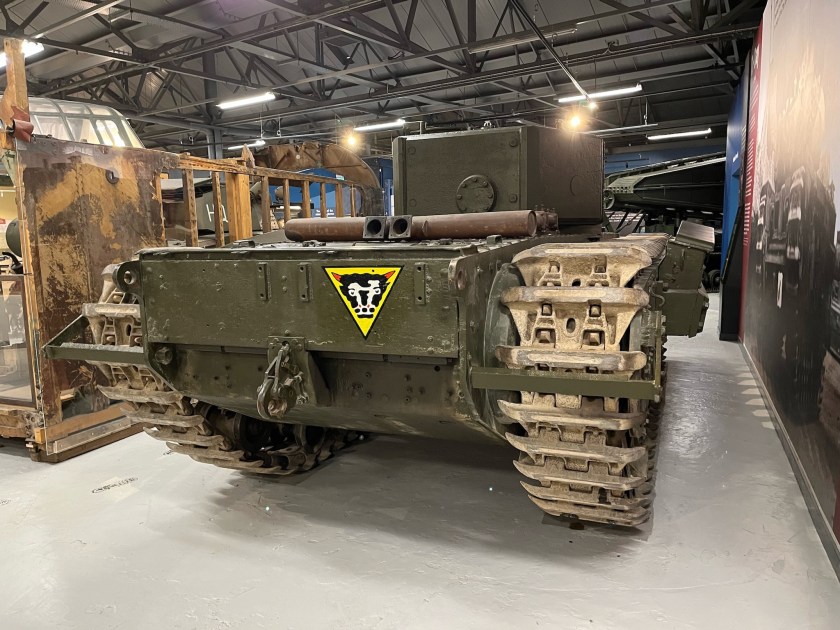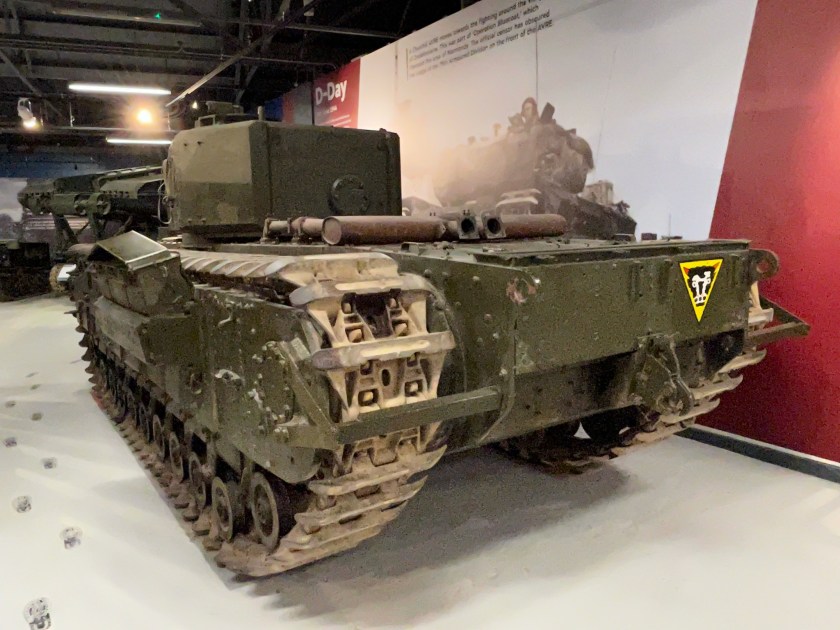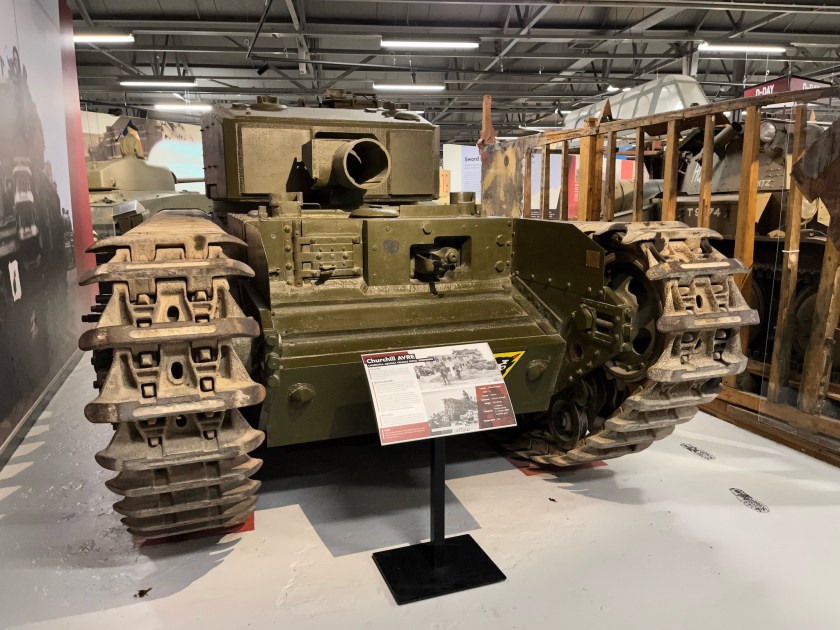This sprue of plastic space dwarves from Wargames Atlantic was a freebie on the cover of the January 2024 issues of Miniature Wargames.
You get three models on the sprue with lots of options.
The Einherjar are from Wargames Atlantic’s Death Fields range.
For thousands of years, advanced alien civilizations have visited the Earth for one purpose: to steal their bravest warriors. For centuries, the cream of Earth’s soldiers have been taken against their will to fight, die, and be reborn in arenas throughout the galaxy. The Game Guilds provide some of the most watched sport in the known universe with matches broadcast in thousands of systems. A perennial favourite of sports fans everywhere are the humans – a primitive race from the far edge of the galaxy. Over the millennia, the finest warriors of that backwater planet have been brought to the arenas to fight each other and a host of other sentient species and deadly creatures. Even now, thousands of years since abductions began, Recruiters still acquire the best of Human space’s warriors for the games. The humans go on in their tiny light-years bubble of space attacking each others colony worlds, believing themselves the most advanced race in the universe while the rest of the galaxy watches their immortal ancestors fight and die in the Death Fields…
The Einherjar were descended from Norsemen.
Abducted from their longship on the return voyage from a raid on Wessex, these Norsemen’s new owner settled them on a high gravity world and began their training for the Death Fields circuit. After each battle as wounds miraculously healed and even the dead were brought back to life, the warriors thought of themselves as the fabled Einherjar – the ghostly warriors of Valhalla who fight and die each day and are reborn to feast each night. Over the centuries, their ongoing regeneration while living primarily on their high-gravity homeworld has resulted in stunted growth for themselves and their offspring. Their diminished stature in no way effects their prowess on the fields of battle as they win contest after contest against other teams human and otherwise.
These are no squats, but they do bear a resemblance to the Leagues of Votann ranges.



























